Auckland bookshop Time Out Bookstore helped us compile this book list for those kids in your life who’re the inventors of the next robot-dog, Facebook or Golden Gate Bridge. Here are 15 books for young makers, coders and engineers!
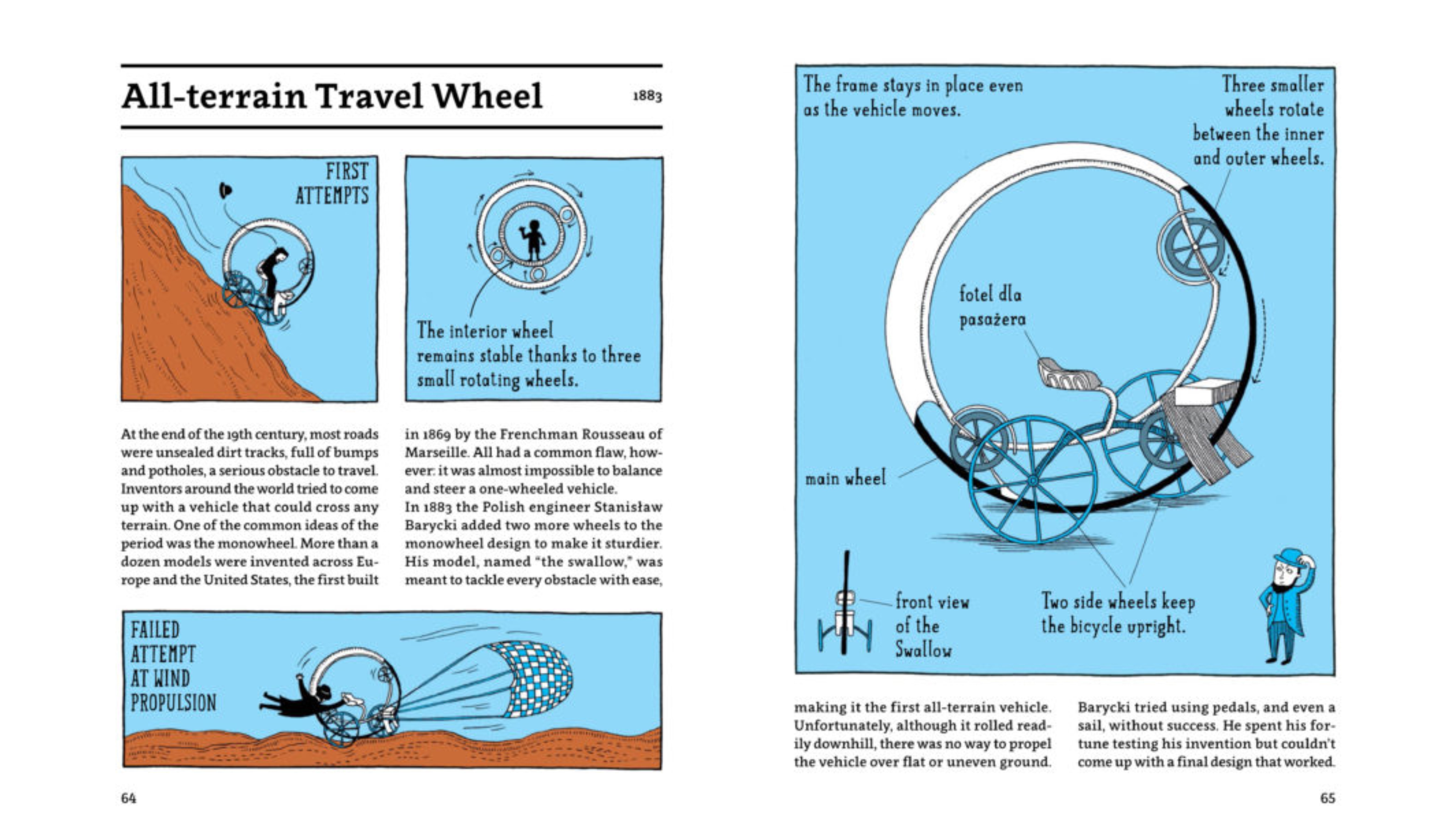
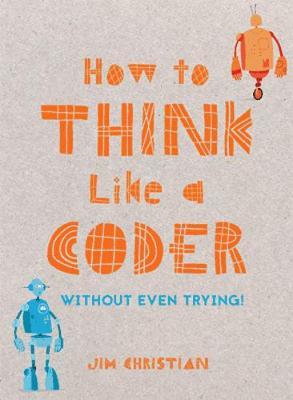
How to Think Like a Coder Without Even Trying by Jim Christian (Pavilion)
A back-to-basics guide on coding for absolute beginners (whether adults or children). This accessible, fun book teaches central concepts such as loops, data types, pseudocode and calculations without having to learn a single line of code. Readers will practise key skills such as critical thinking, creativity, logic and problem-solving and begin to think like a coder without even turning on a computer. How to Think Like a Coder also discusses the basic programmes that are available for beginners, keeping a focus on simple activities that draw analogies with the outside world to make learning easy and fun.
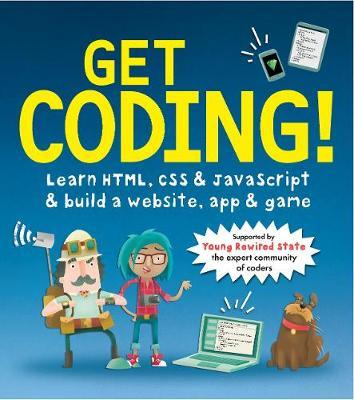
Get Coding! by Young Rewired State (Walker)
In this essential guide to coding for kids, ids will learn how to write code and then build their own website, app and game using HTML, CSS and JavaScript. In bite-size chunks, they’ll learn important real-life coding skills. ‘The explanations are gloriously simple and straightforward and there are even online resources if you get stuck. The steps are very easy and you start seeing rewards straight away […] This has been written by people who understand how children’s minds work – and a lot of adults’ too!’ – The Bookbag
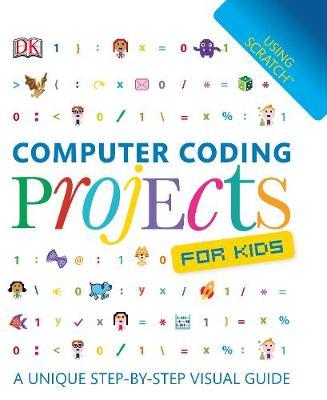
Computer Coding Projects for Kids by Carol Vorderman (DK/Penguin)
From the reliable publisher Dorling Kindersley, this illustrated guide uses step-by-step instructions to show kids how to build a range of projects using the programming language Scratch. Activities include birthday cards, a virtual fireworks display, simulated snowflakes, fractal art and optical illusions. Projects can be personalised and adapted to encourage creativity, and can be shared with friends, providing a simple and fun way for kids to learn coding.
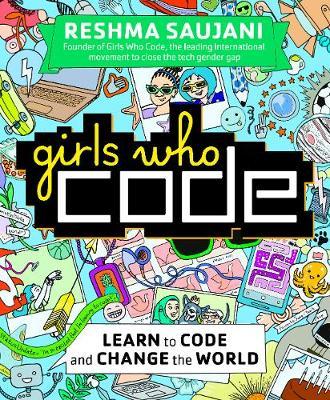
Girls Who Code: Learn to Code and Change the World by Reshma Saujani (Ebury)
Since 2012, the organisation Girls Who Code has been leading the charge to get girls interested in technology and coding. This book is by its founder, Reshma Saujani. As well as down-to-earth explanations of coding principles, it includes real-life stories of girls and women working at places like Pixar and NASA, showing the role computer science plays in our lives and how much fun it can be.
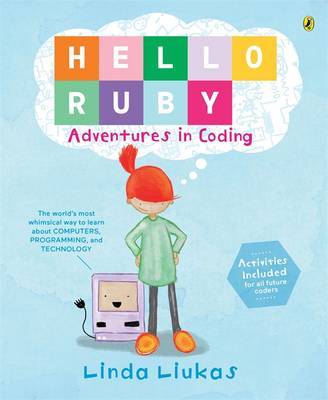
Hello Ruby: Adventures in Coding by Linda Liukas (Penguin)
This book made its start as the most-funded children’s book on Kickstarter and the author is a Finnish coding superstar. In Ruby’s world, anything is possible if you set your mind to it. As Ruby embarks on her adventure and with activities in every chapter, kids will be introduced through storytelling to the basic concepts of coding. ‘Code is the twenty-first century literacy, and the need for people to speak the ABCs of programming is imminent. Our world is increasingly run by software, and we need more diversity in the people who are building it.’ – Linda Liukas
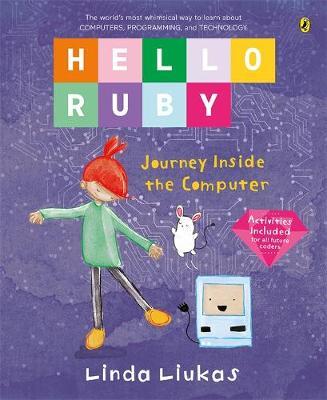
Hello Ruby: the Great Journey Inside the Computer by Linda Liukas (Penguin)
Another adventure featuring Ruby – this time teaching kids about computers themselves. ‘Liukas’ whimsical multimedia illustrations nicely balance entertaining storytelling with informative images. The entire package is incredibly accessible, interesting, and kid-friendly, and, since it focuses primarily on the fundamentals of what makes a computer rather than coding, it fills a much-needed niche in the world of computer-science books for children.’ – Booklist
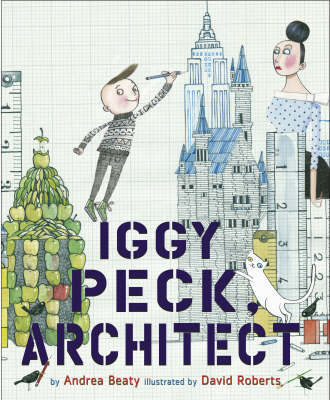
Iggy Peck, Architect by Andrea Beaty and illustrated by David Roberts (Abrams)
This is an excellently illustrated, rhyming picture book for younger kids than the other books on this list. Iggy Peck has been building fabulous creations since he was two. His parents are proud of their son, though sometimes surprised by some of his more inventive creations (like the tower he built out of used diapers). When a new teacher declares her dislike of architecture, Iggy faces a challenge. He loves building too much to give it up! There’s an activity book as well.
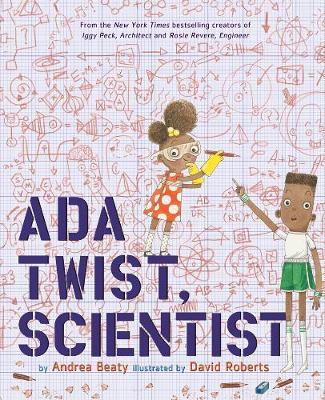
Ada Twist, Scientist by Andrea Beaty and illustrated by David Roberts (Abrams)
Another from the Iggy Peck team. Young Ada Twist has boundless curiosity for science and a love of the question ‘Why?’ Why are there pointy things stuck to a rose? Why are there hairs growing inside your nose? She embarks on fact-finding missions and conducts scientific experiments, all in the name of discovery. When her house fills with a horrific, toe-curling smell, Ada knows it’s up to her to find the source. But, this time, her experiments lead to trouble.
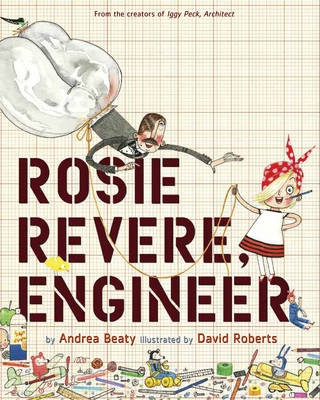
Rosie Revere, Engineer by Andrea Beaty and illustrated by David Roberts (Abrams)
Iggy and Ada’s classmate, Rosie, may seem quiet during the day, but at night she’s a brilliant inventor of gizmos and gadgets who dreams of becoming a great engineer! ‘This celebration of creativity and perseverance is told through rhyming text, which gives momentum and steady pacing to a story, consistent with the celebration of its heroine, Rosie. She’s an imaginative thinker who hides her light under a bushel (well, really, the bed) after being laughed at for one of her inventions.’ – Booklist
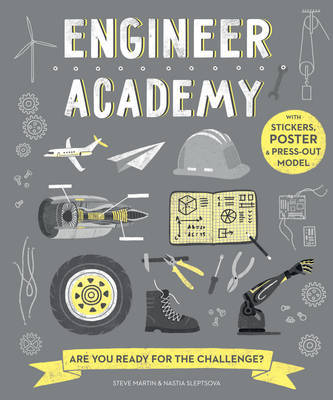
Engineer Academy by Steve Martin (Ivy)
Subtitled ‘Are You Ready for the Challenge?’, this book guides readers through each strand of engineering science – Mechanics, Aerospace, Robotics, Energy, and Materials. Practical projects, each designed to introduce skills of the sort required by real-life engineers, help kids pick up the basics in a fun, hands-on way. Design a robot, learn how to construct a simple car, create your own levers and pulleys, and build paper planes and more.
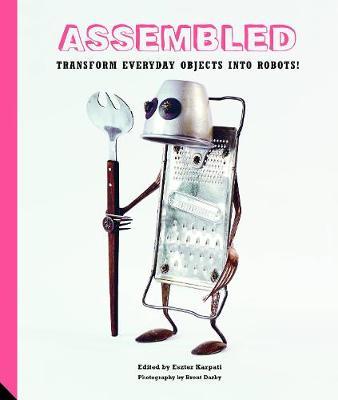
Assembled: Transform Everyday Objects Into Robots by Eszter Karpati (Jacqui Small)
Uniquely inspiring, Assembled features 25 contemporary assemblage art projects by international artists. Each of the projects is shown through the transformation of a group of found objects into finished sculpture with accompanying instructions on project inspiration, assemblage methods and bonding techniques. The text accompanying each piece comes from the artist and offers a unique insight into the creation and character of each individual sculpture.
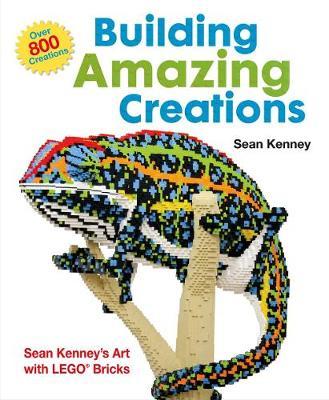
Building Amazing Creations by Sean Kenney (Henry Holt)
After 12 years writing code and designing websites for major corporations, Sean pursued his dream of making LEGO art. Today, Sean has many internationally touring exhibits of his work and is recognised as one of the premier LEGO builders in the world. This large format photographic book provides inspiration and aspiration – and proves you can build anything with LEGO!
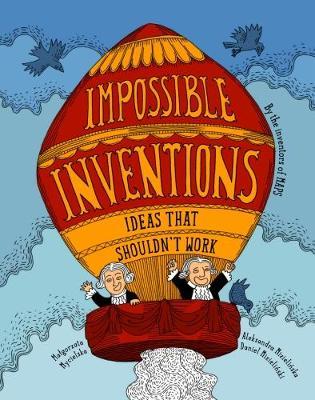
Impossible Inventions by Malgorzata Mycielska and illustrated by Alexandra Mizielinska & Daniel Mizielinski (Gecko)
Subtitled ‘Ideas That Shouldn’t Work’, this book collects ancient and modern inventions. Some are revolutionary, others comical, others simply impossible. There’s a flying bicycle, a bubble telegraph, passenger clouds and passenger birds, mechanical chess players, a water clock, a concentration hood and many more incredible ideas – each of them is a testament to the imaginations of their inventors. Check out Giselle Clarkson’s review here.
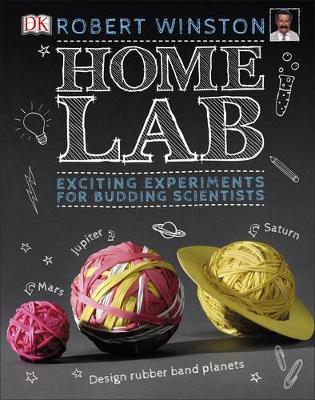
Home Lab: Exciting Experiments for Budding Scientists by Robert Winston (DK/Penguin)
Another fun book from Doling Kindersley,this one has 28 scientific projects using clear step-by-step instructions and everyday ingredients that can be found around the house. Photos guide you along the way, and fact-filled panels explain the science behind every experiment, as well as real-world examples providing a context to better understand scientific principles. Stir up some sticky slime, build a Solar System with rubber bands, power a speed boat using soap, and construct an erupting volcano …
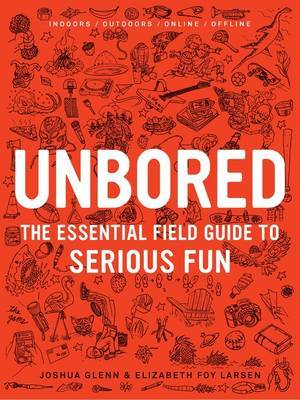
Unbored: The Essential Field Guide to Serious Fun by Elizabeth Foy Larsen (Bloomsbury)
Marketed as ‘the guide and activity book every modern kid needs’, Unbored is full of activities designed to get kids engaged with the wider world, with contributions from a diverse crowd of experts. From how-tos on using the library or writing your representative to a graphic history of video games, classic science experiments, crafts and upcycling, board game hacking, code-cracking, geocaching, skateboard repair, yarn bombing, stop-action movie-making, trivia, best-of lists, and Q and As with leading thinkers …



